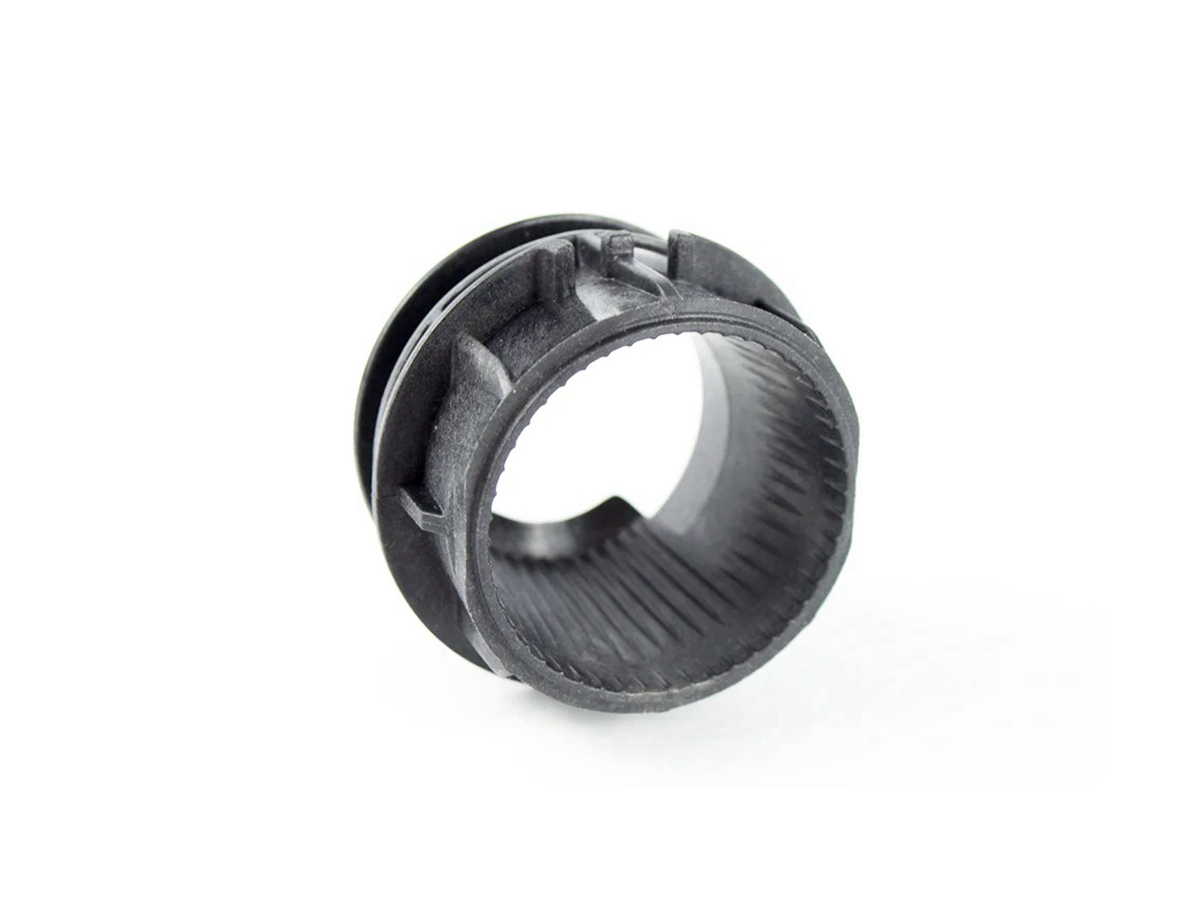Stainless Steel Prototyping with 3D Printing for Corrosion-Resistant and Structural Components
Introduction
Stainless steel alloys provide exceptional corrosion resistance, mechanical strength, and durability, making them ideally suited for 3D printing prototyping of structural and corrosion-resistant components. Industries such as medical equipment, automotive, and industrial machinery increasingly leverage Powder Bed Fusion and Binder Jetting technologies, achieving intricate geometries and precise tolerances (±0.1 mm).
Engineers rapidly create functional prototypes using specialized stainless steel 3D printing, significantly reducing design cycles while ensuring long-lasting, robust performance in demanding environments.
Stainless Steel Material Properties
Material Performance Comparison Table
Stainless Steel Grade | Tensile Strength (MPa) | Yield Strength (MPa) | Density (g/cm³) | Corrosion Resistance | Applications | Advantages |
|---|---|---|---|---|---|---|
560 | 290 | 8.00 | Excellent (AISI 316L standard, suitable for chloride exposure) | Medical implants, marine hardware | High biocompatibility, resistance to pitting and crevice corrosion | |
1100 | 1000 | 7.75 | Good (ASTM A693, precipitation-hardened) | Structural prototypes, aerospace fasteners | High strength-to-weight ratio, superior hardness (HRC 40-45) | |
650 | 290 | 8.00 | Excellent (ASTM A240 standard, general-purpose corrosion resistance) | Food processing equipment, chemical vessels | Versatile performance, ease of fabrication | |
780 | 500 | 7.75 | Moderate (AISI 420 martensitic stainless) | Cutting tools, mold inserts | High hardness (up to HRC 50), good wear resistance |
Material Selection Strategy
Choosing the optimal stainless steel alloy for 3D printed prototypes involves careful consideration of corrosion resistance, mechanical properties, and application-specific needs:
316L Stainless Steel: Ideal for highly corrosion-resistant prototypes, particularly in marine and medical fields, offering biocompatibility and excellent corrosion resistance in chloride-rich environments.
17-4PH Stainless Steel: Preferred for structural components requiring superior strength (tensile strength up to 1100 MPa) and moderate corrosion resistance, suitable for aerospace, automotive, and mechanical prototypes.
304 Stainless Steel: Best for general-purpose prototyping in chemical processing and food-grade applications due to its exceptional corrosion resistance and easy machinability.
420 Stainless Steel: Excellent for high-strength, wear-resistant prototype tools or molds, providing good hardness (up to HRC 50) and moderate corrosion resistance.
3D Printing Processes for Stainless Steel Prototypes
3D Printing Process Comparison
3D Printing Process | Accuracy (mm) | Surface Finish (Ra µm) | Typical Uses | Advantages |
|---|---|---|---|---|
±0.1 | 5-15 | Medical implants, precision structures | High-density parts (≥99.5%), fine details | |
±0.2 | 8-20 | Rapid tooling, functional prototypes | High throughput, cost-effective | |
±0.25 | 10-30 | Repair components, large structures | High deposition rates, versatile |
3D Printing Process Selection Strategy
Selecting the most suitable additive manufacturing technique involves analyzing design complexity, required precision, and intended application:
Powder Bed Fusion (ISO/ASTM 52911-1): Best for intricate, high-precision stainless steel prototypes that demand superior accuracy (±0.1 mm) and density (≥99.5%), ideal for medical implants and high-performance structural parts.
Binder Jetting (ISO/ASTM 52900): Optimal for rapid, cost-effective production of functional prototypes and rapid tooling, suitable for moderate precision (±0.2 mm) with quick turnaround.
Directed Energy Deposition (ISO/ASTM 52926): Suitable for large-scale prototypes or repair applications requiring rapid deposition rates (up to 6 kg/hr) and reasonable accuracy (±0.25 mm).
Surface Treatments for Stainless Steel Prototypes
Surface Treatment Comparison
Treatment Method | Surface Roughness (Ra µm) | Corrosion Resistance | Max Temp (°C) | Applications | Key Features |
|---|---|---|---|---|---|
≤0.2 | Excellent (ASTM B912) | 400 | Medical equipment, pharmaceutical processing | Enhanced smoothness, improved cleanability | |
0.5-1.0 | Superior (ASTM A967) | 300 | Marine components, chemical processing equipment | Removes contaminants, increases chromium oxide layer | |
1.6-3.0 | Good (SAE AMS2430) | Material limit | Aerospace, automotive fatigue-critical parts | Improved fatigue life, surface hardness enhancement | |
0.1-0.5 | Excellent (ISO 15730) | 500 | Surgical instruments, high-wear components | High surface hardness (HV ≥2000), decorative finish |
Surface Treatment Selection Strategy
Applying the right surface treatment significantly enhances stainless steel prototype performance and lifespan:
Electropolishing: Provides smooth finishes (Ra ≤0.2 µm), enhancing corrosion resistance and cleanliness, ideal for medical and precision prototypes.
Passivation: Essential for corrosion-sensitive components, removing surface contaminants, and significantly improving durability in aggressive environments.
Shot Peening: Ideal for structural prototypes needing enhanced fatigue resistance and increased surface durability, suitable for aerospace and automotive applications.
PVD Coating: Recommended for prototypes requiring extremely high wear resistance and hardness (HV ≥2000), excellent for medical instruments and decorative structural parts.
Typical Prototyping Methods
Stainless Steel 3D Printing: Quickly produces high-density (≥99.5%), accurate (±0.1 mm) functional prototypes for structural validation.
CNC Machining Prototyping: Offers final dimensional refinements (±0.005 mm accuracy) to ensure precise tolerances.
Rapid Molding Prototyping: Efficiently creates limited prototype runs (±0.05 mm accuracy) for realistic performance testing.
Quality Assurance Procedures
Dimensional Inspection (ISO 10360-2)
Material Density Verification (ASTM B962)
Mechanical Testing (ASTM A370, ASTM E8)
Corrosion Resistance Testing (ASTM B117, ASTM A967)
Surface Roughness Measurement (ISO 4287)
ISO 9001 and AS9100 Compliance
Key Industry Applications
Medical implants and surgical tools
Automotive structural components
Aerospace fittings and hardware
Chemical processing equipment
Related FAQs:
Why choose stainless steel for prototyping corrosion-resistant parts?
Which 3D printing processes are best for stainless steel?
How do surface treatments enhance stainless steel prototypes?
What standards ensure stainless steel prototype quality?
What industries benefit most from stainless steel 3D printing?

